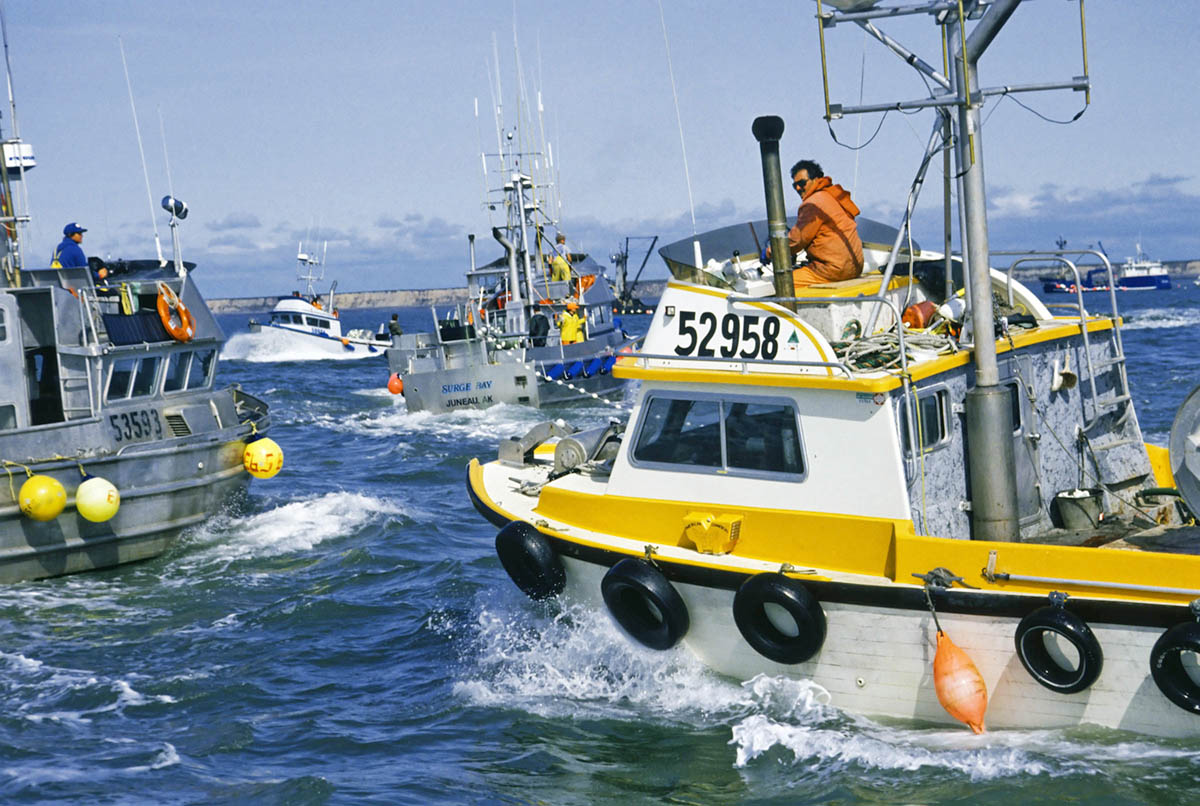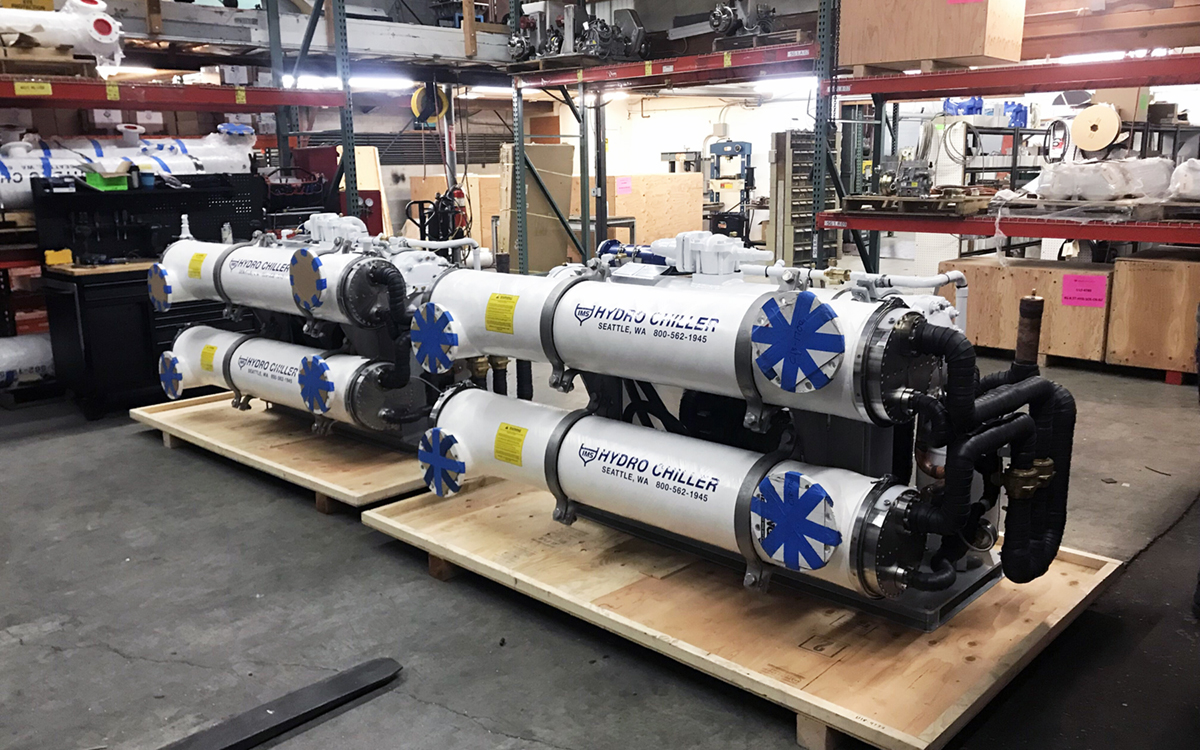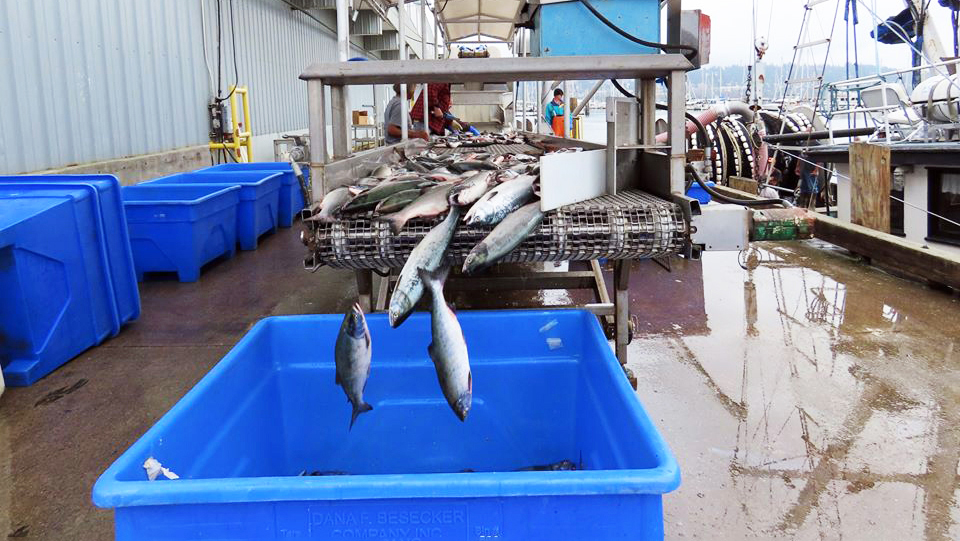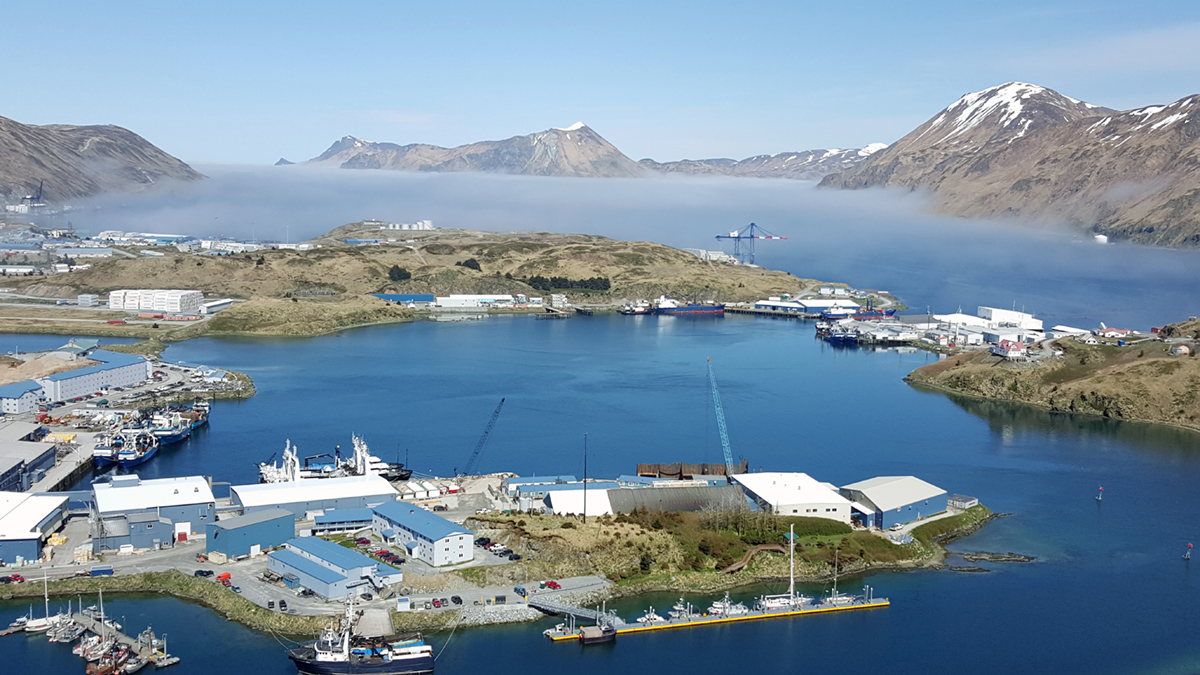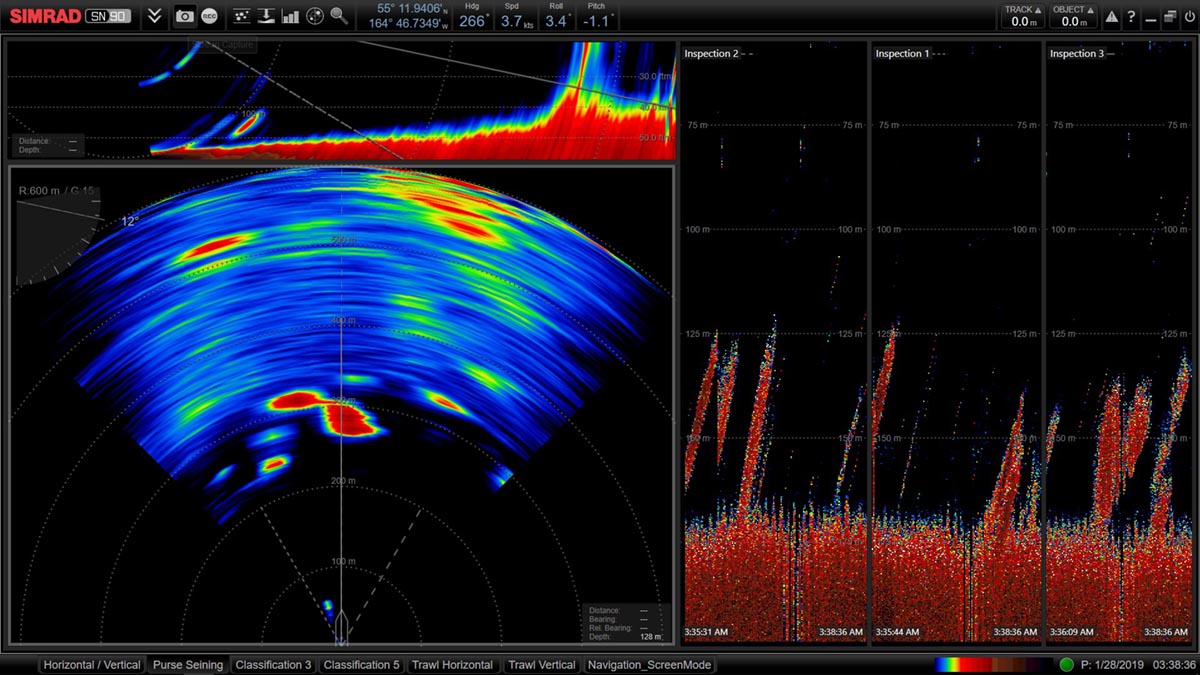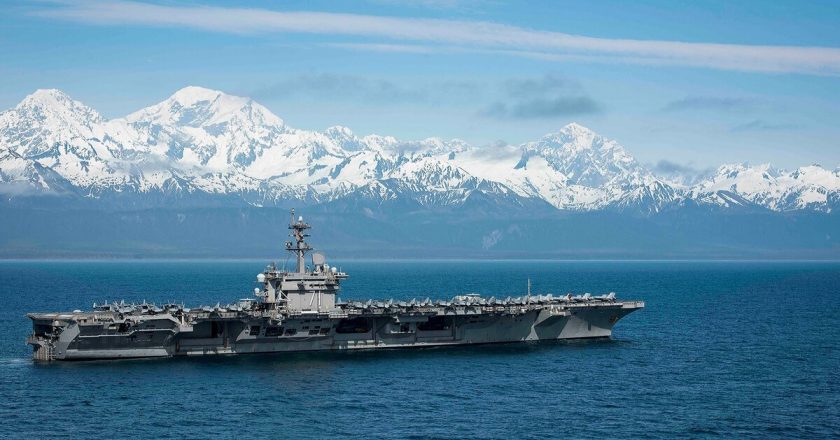Marine Propulsion Technology: What’s New and Emerging in 2020
By Mark Edward Nero
The business of modernizing equipment that has become outdated over time is constantly evolving, with companies around the world continuously looking for ways to improve boat engines and ancillary equipment. These same companies are also introducing new marine propulsion technology to reduce consumption and emissions while increasing power.
This is good for commercial fishermen, as new, better and faster tech on a boat can mean staying one step ahead of the competition.
Fishermen’s News reached out to various companies around the globe to ascertain what direction the marine propulsion industry was heading, and here’s what some of them had to say.
KEM Equipment
Kodiak Marine, a division of KEM Equipment has begun offering two high tech gasoline engines for sale in 2...


